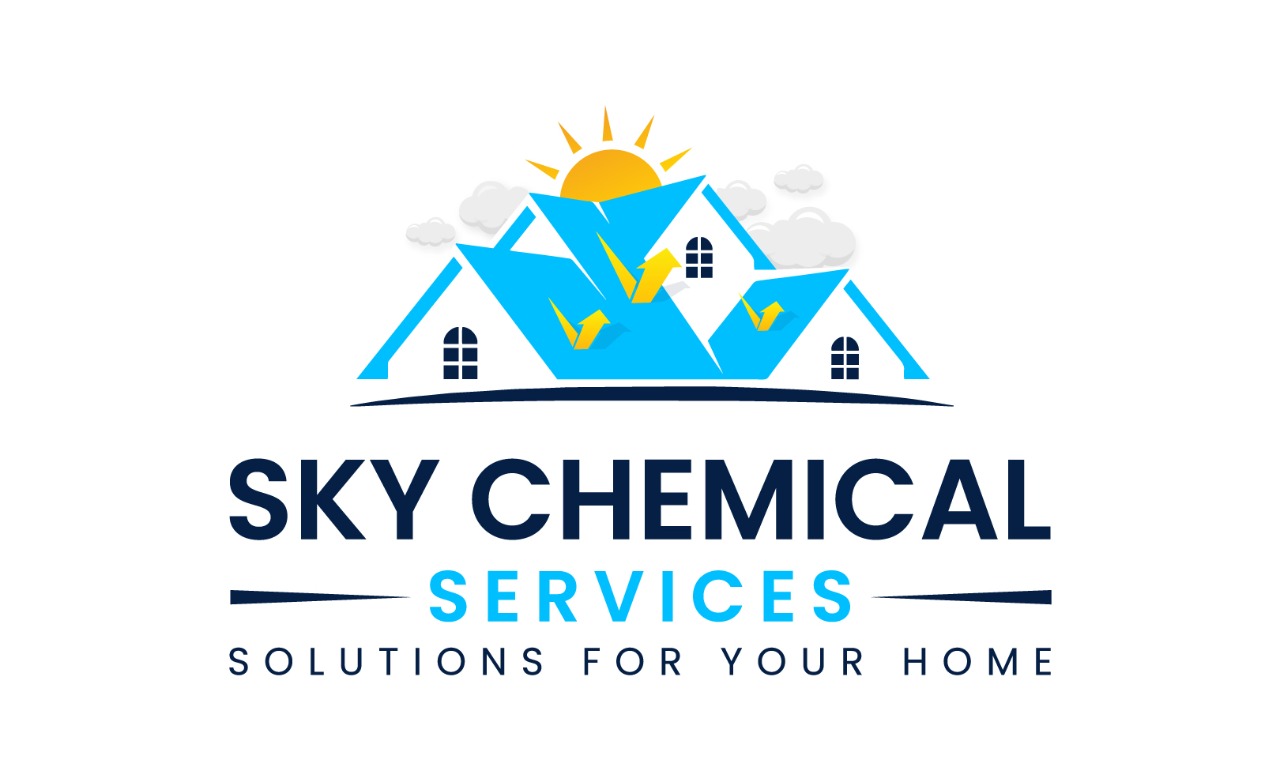Have you witnessed fungi or mold growth in your washroom? Or, perhaps a hairline crack in the wall or on the tiled surface? Well, that’s because of a bare surface devoid of a water-resistant membrane. Wet-prone areas, such as bathrooms need a single or multiple coat(s) of liquid waterproof membrane for a safe and hygienic environment.
Potential Sources of Water Damage in Bathrooms
- Pipe Leaks
- Overflowing Toilets
- Damaged Shower Enclosures
- Faulty Waterproof Membranes
- Inadequate Sealing
- Wall and Floor Seepage
Waterproofing Membrane 101 – The Best Solution for Water Intrusion
An elastomeric water-resistant membrane designed for application on a wide variety of substrates. This product can sustain extreme elongation and exposure to moisture. Waterproofing membrane 101 does not become softer or attract particulates. Lastly, it can be washed with soap and water.
This coating membrane can be applied on concrete, masonry, plaster board, brick, plastics, timber, and metal surfaces. Damp surfaces are also included. However, it is not adequate for high-traffic areas.
Read More
Why Does a Warehouse Require Roof Water and Heat Proofing?
Which Waterproofing is Best for Roofs?
What is the Best Waterproofing for Concrete?
Characteristics of Waterproofing Membrane 101
Number Of Coats: 1-2
Coverage Rate: 2m2/liter
Drying Time: 12-24 hours
Clean Up: Water
Useful Life: 12-18 months
Application Temperature: 10-35oC (Surface Temperature)
Application: Brush, Roller, and Trowel
Waterproofing the Bathroom Floor
Compared to other surfaces, such as roofs and terraces, bathroom is a constricted place where liquid coating is hard to apply. However, experts maintain the level of quality and render a smooth surface for the clients. Following is a curtailed process of applying a water-resistant coat in washrooms:
- Surface Preparation
Clear the area (bathroom walls and floor) from dust and particulates. Fill potholes or cracks with sealant or grout. Cracks, gaps, and other deformations in the walls should be corrected.
-
Choose the Waterproofing Material
Waterproofing Membrane 101 is the best coating material for washrooms. Use a brush or roller for application.
- Apply Primer
Before the waterproofing process, apply a liquid primer for better adhesion and superior performance. The primer coat should be thin and sticky. Afterwards, apply the waterproofing coat. If you think that a single coat is not beneficial, let it dry completely. Apply the second coat on it.
- Sealing Joints
Careful application of the waterproofing coat is necessary to the joints between the floor and the wall. Joints are moisture-prone areas; covering them is a necessary aspect of the waterproofing process.
- Testing
Testing is an important phase, especially for washrooms. It helps to prevent water leakage and seepage. Walls and floor are laden with water for 24 hours. If there is no leakage after a complete day, then the process is deemed successful. Otherwise, further changes or coats are required.
Read More
How to Waterproof Your Walls?
Foundation Repairing – Signs and Procedure
Why Roof Heat Proofing is Important in Karachi?
Other Membranes
Torch-on Membranes
Membranes used in exterior areas of closed structures, such as balconies and roofs. It is made from bitumen and polymers; these waterproofing materials are strong and long-lasting, preventing water ponding on flat roofs. Torch-on membranes are environmental-friendly.
Types of Torch-on Membranes
APP Waterproofing Membrane
Also called Atactic Polypropylene, this membrane is one of the most common membranes applied on low-slope and concrete roofs, synthetic ponds, water tanks, curtain walls, and concrete channels.
Features of APP Waterproofing Membranes
- High tensile strength
- Impermeable
- Weather-resistant
- Durable
- Excellent bonding
- Flexible at low temperatures
- Stability at high temperatures
Styrene Butadiene Styrene
Styrene Butadiene Styrene (SBS) is composed of elastic asphalt and synthetic rubber. In other words, it is made from 75% butadiene and 25% styrene. SBS membranes comprise free-radical initiators and stabilizers.
Properties of SBS Membranes
- Abrasion resistant
- Crack resistant
- Anti-aging
N.B. Both membranes can be used in washrooms
So, are you ready for a bathroom waterproofing project? Contact Sky Chemical Services for an appointment today!
